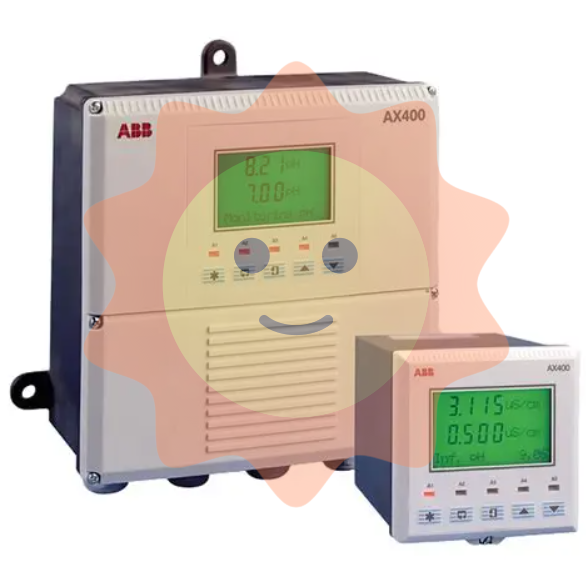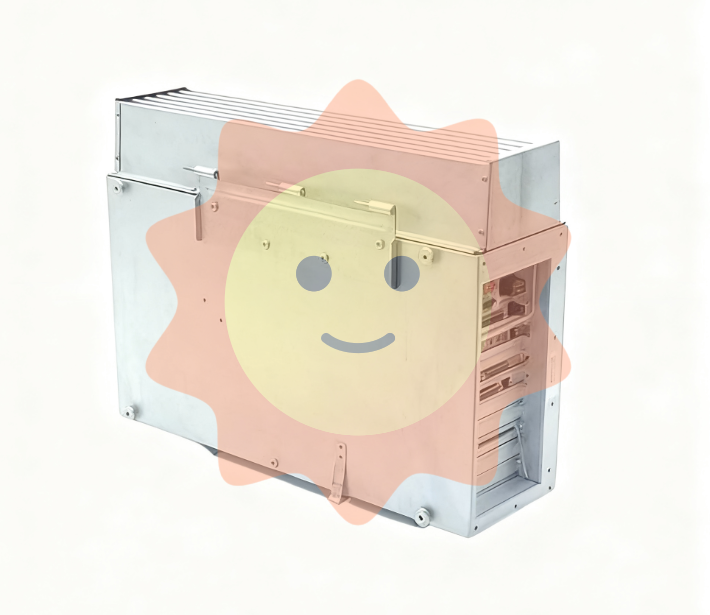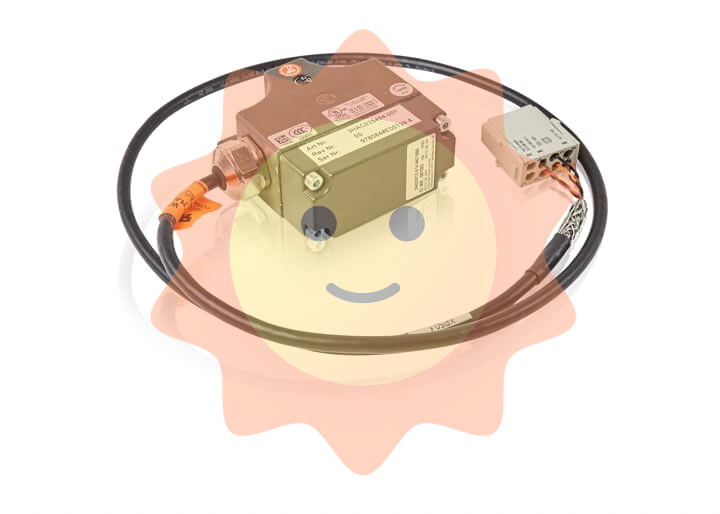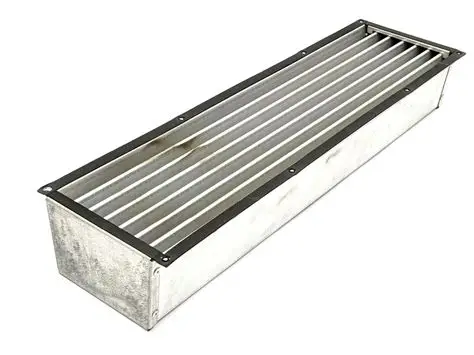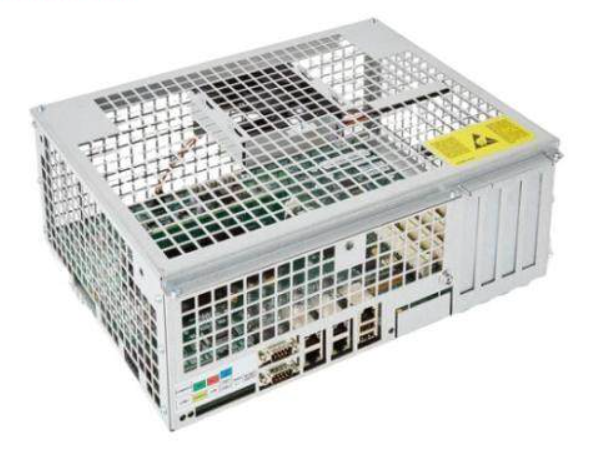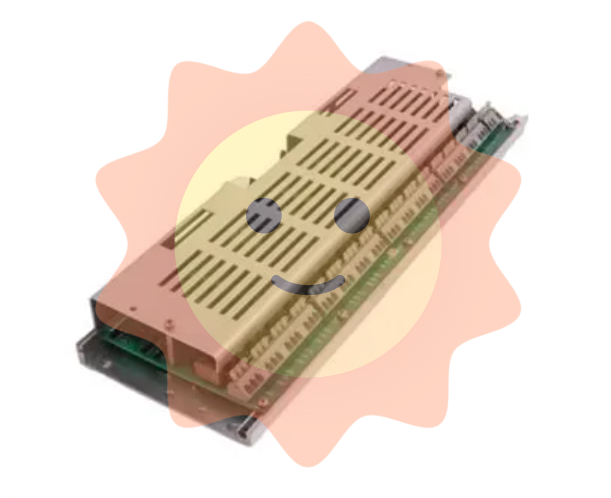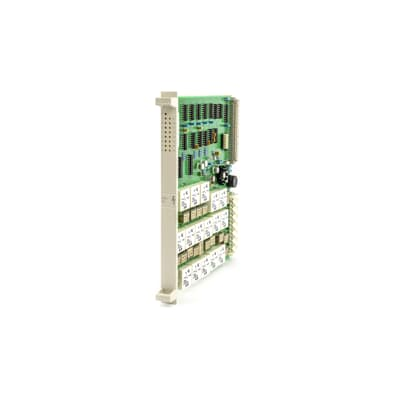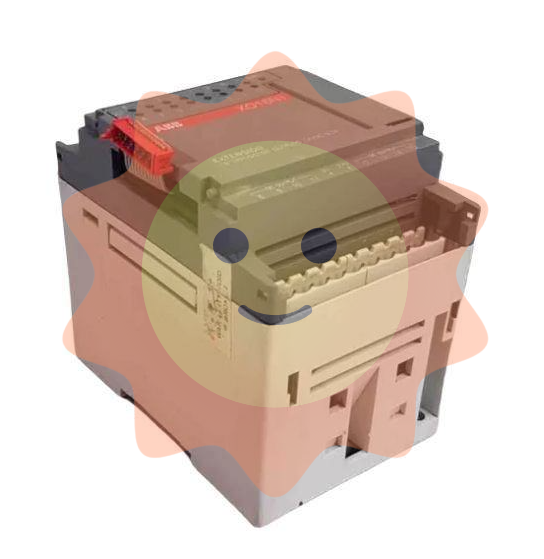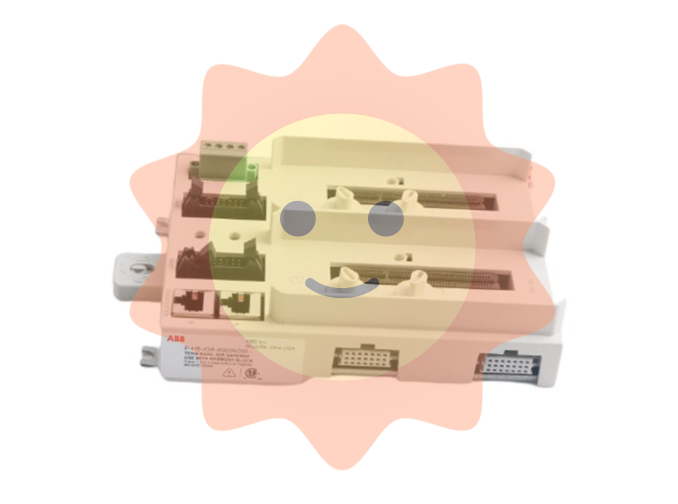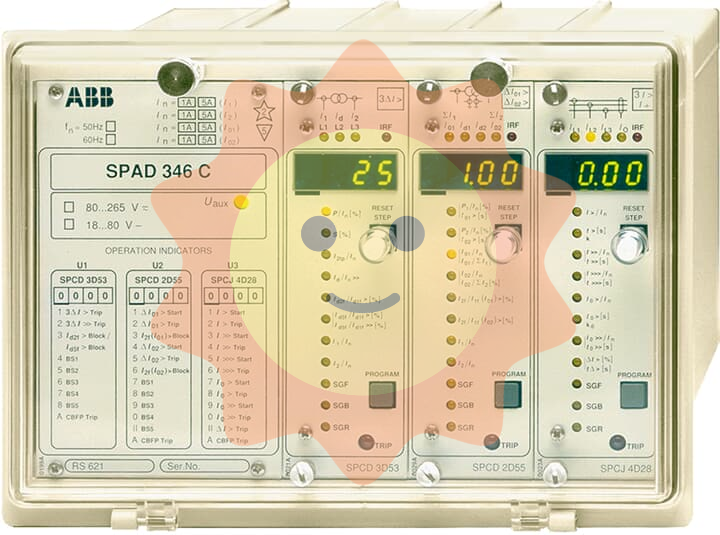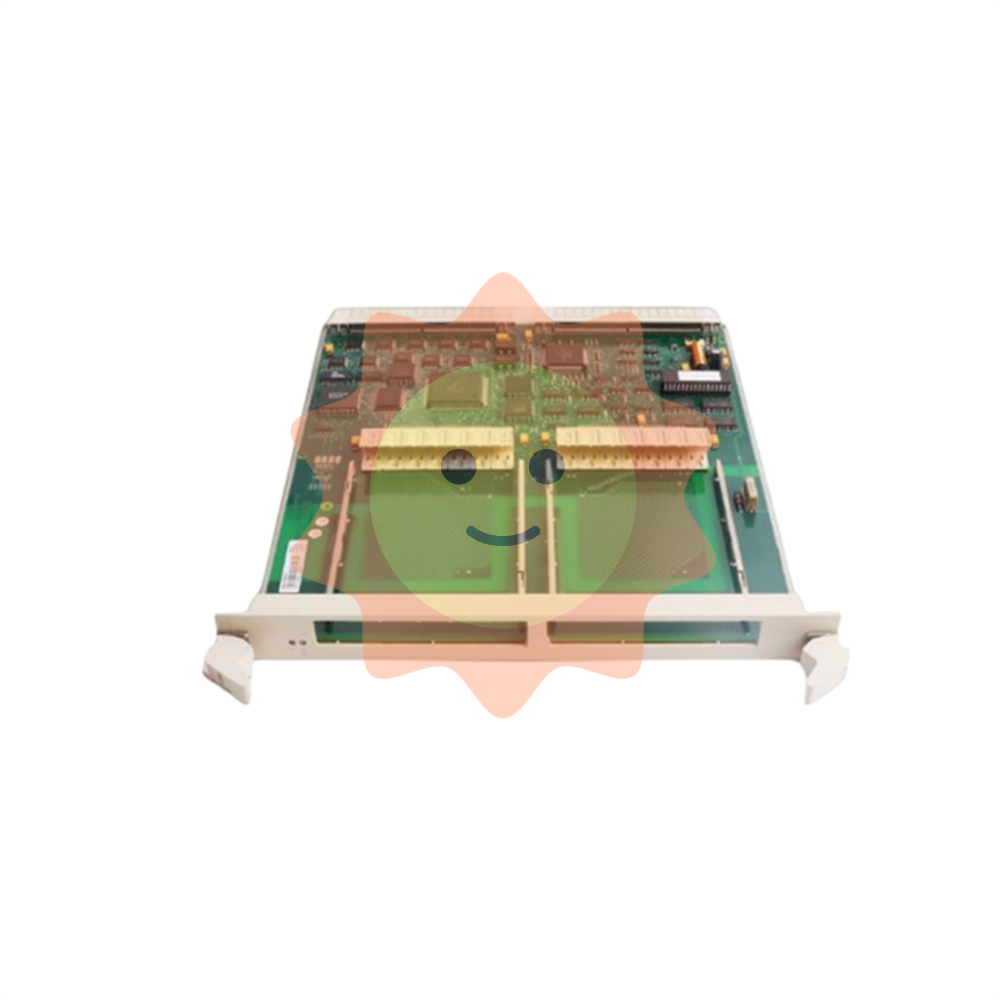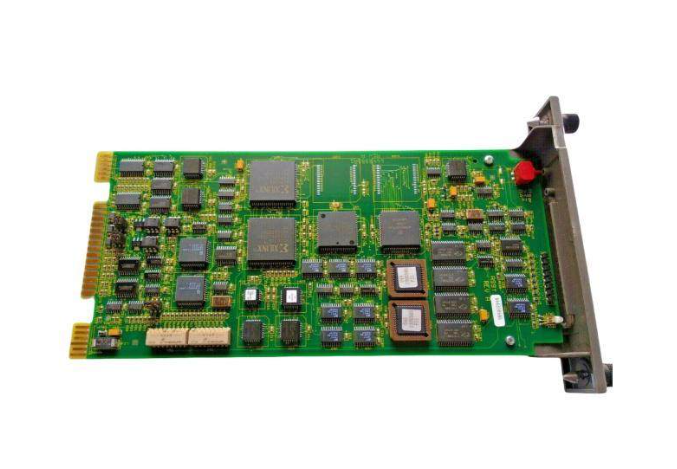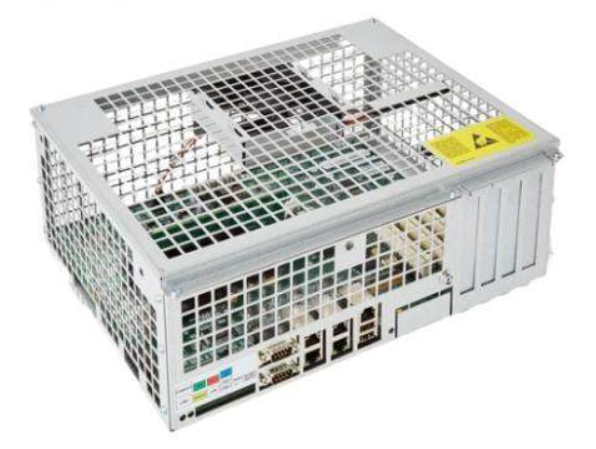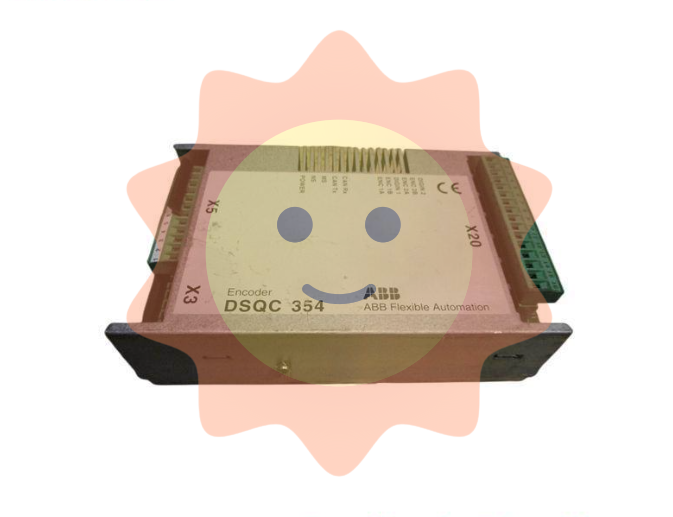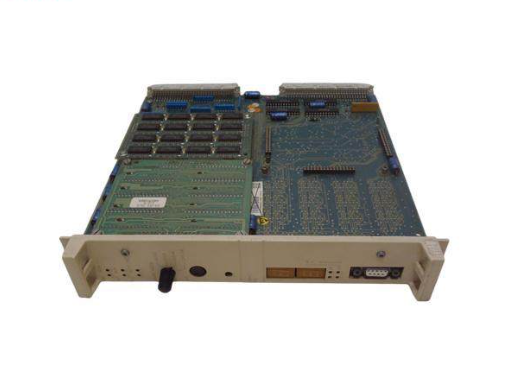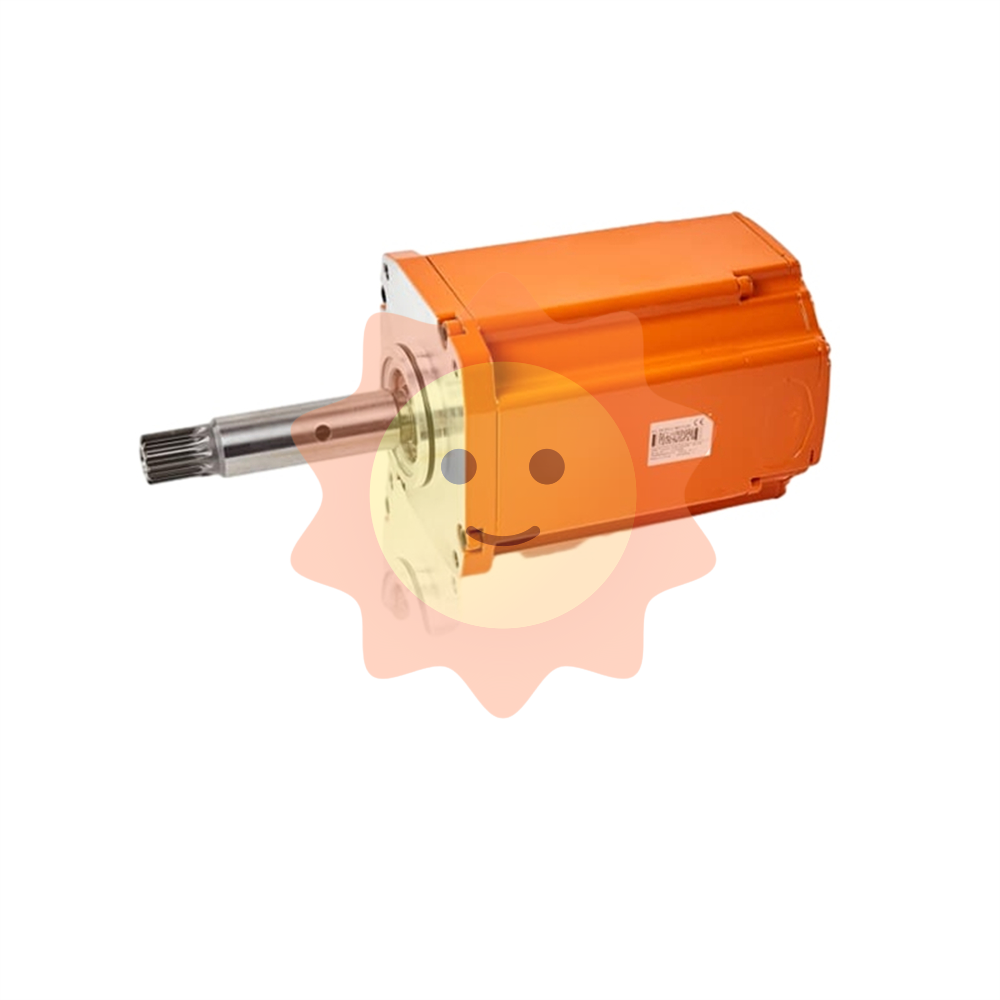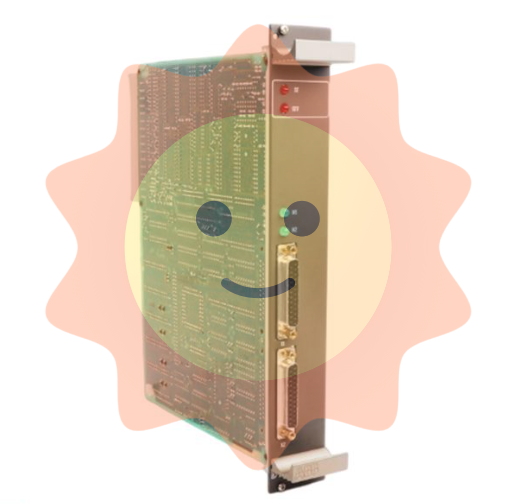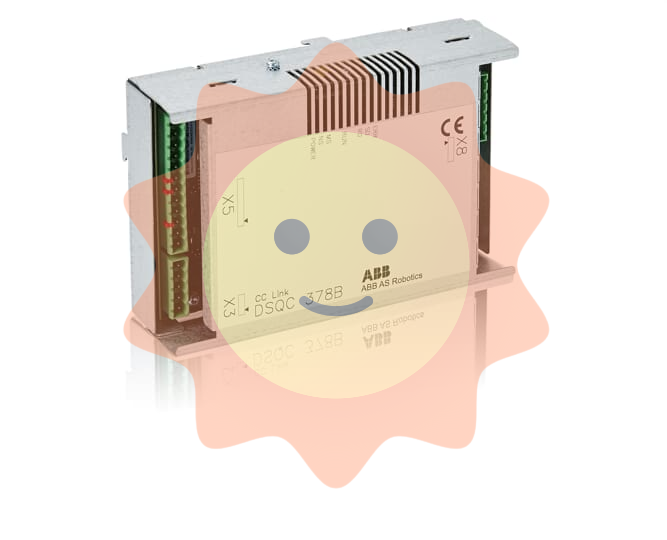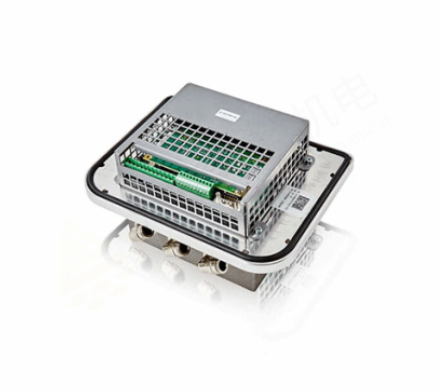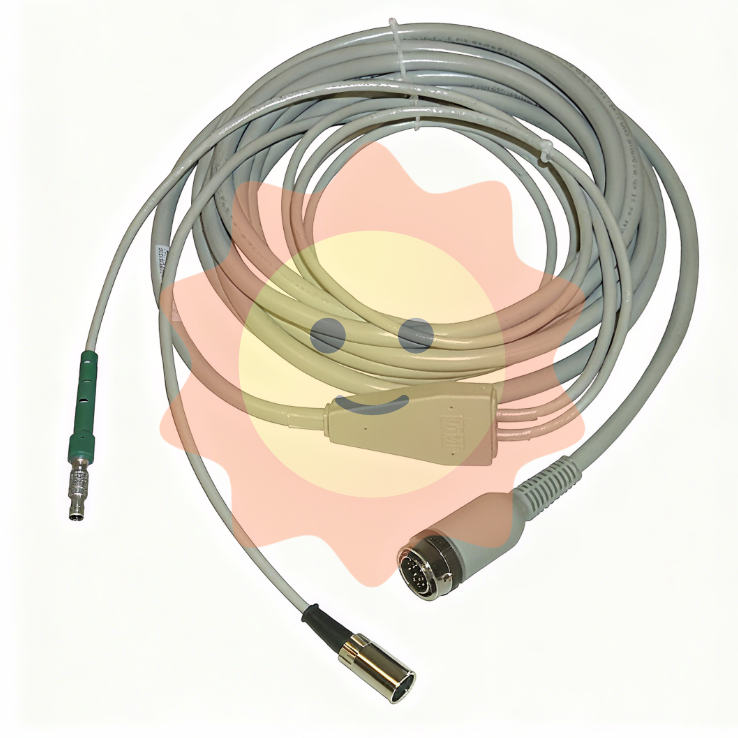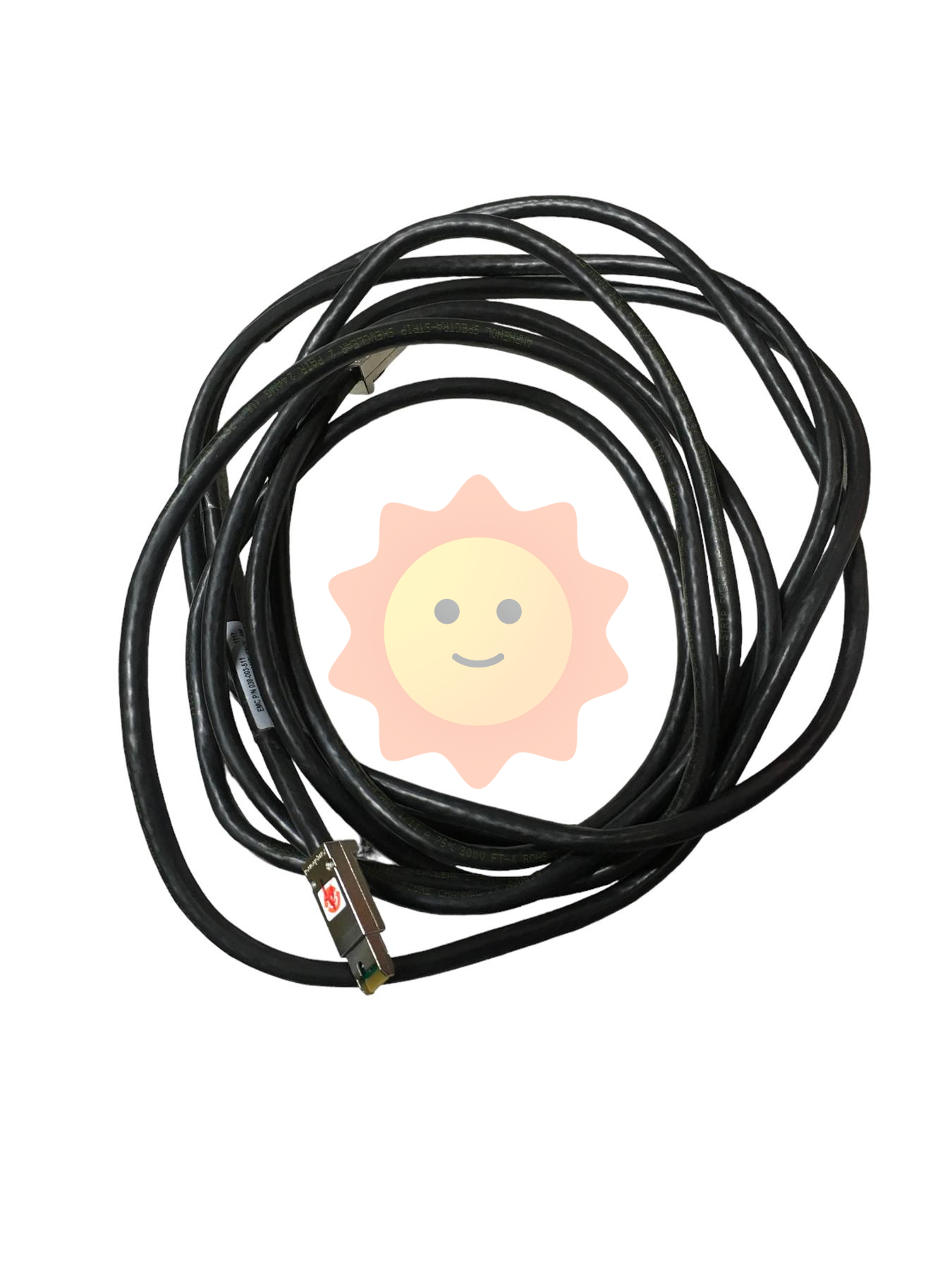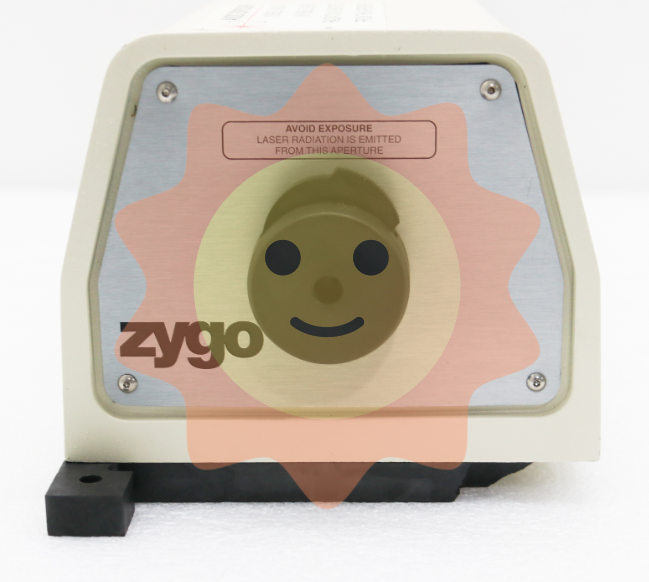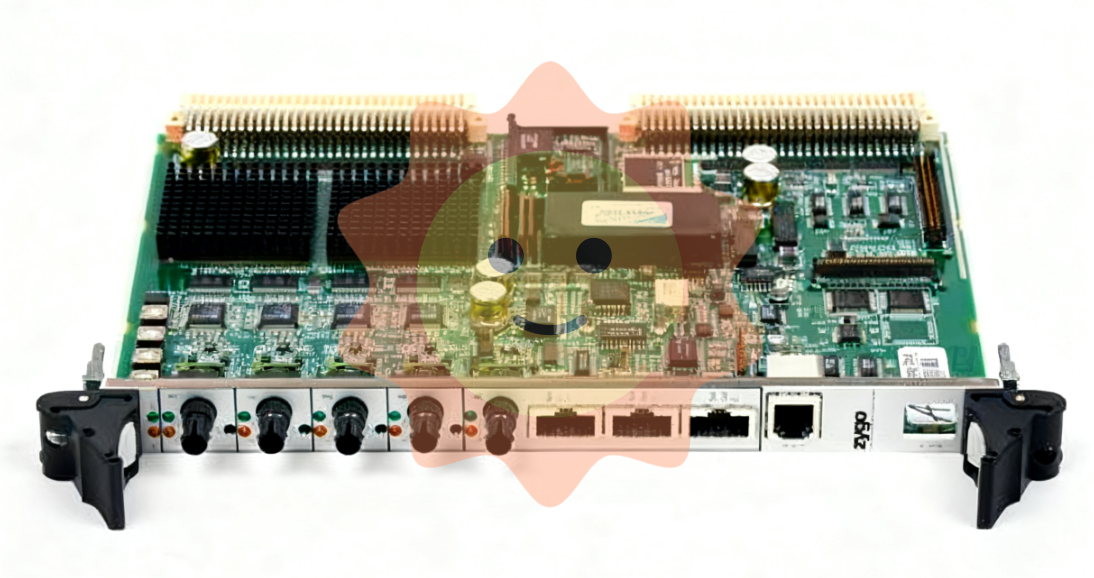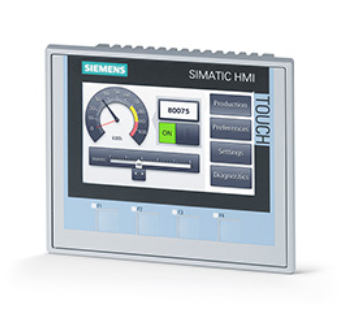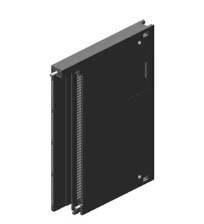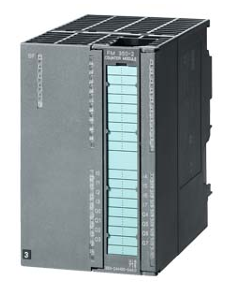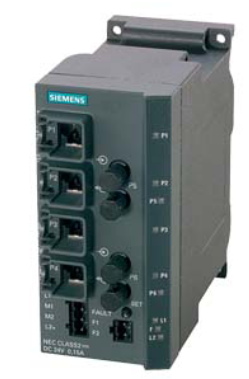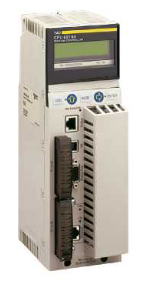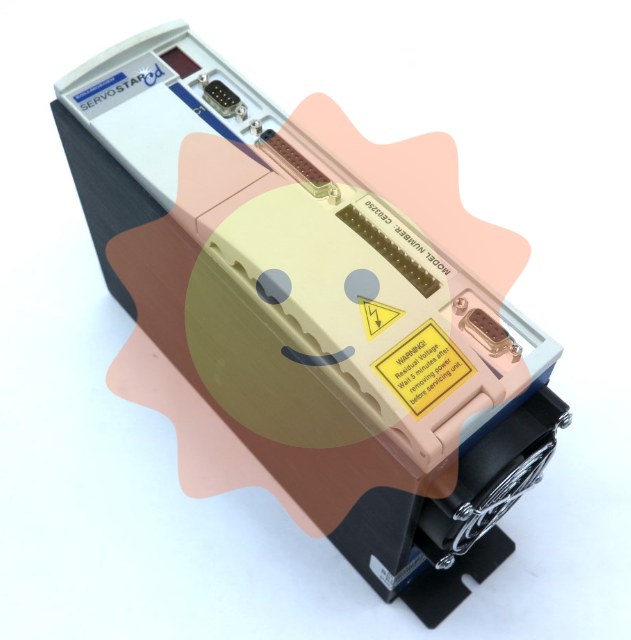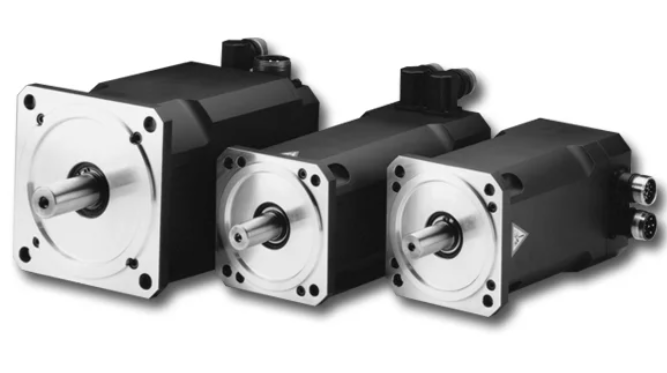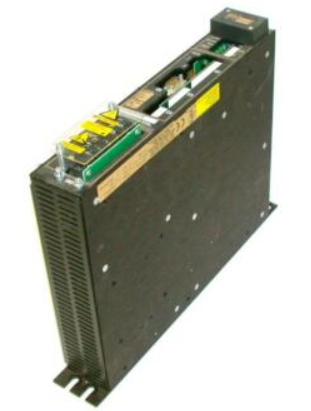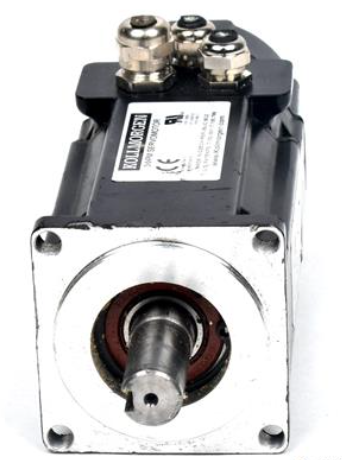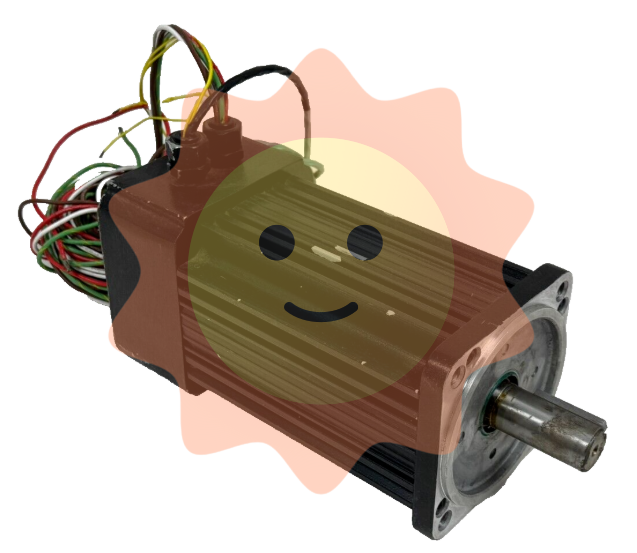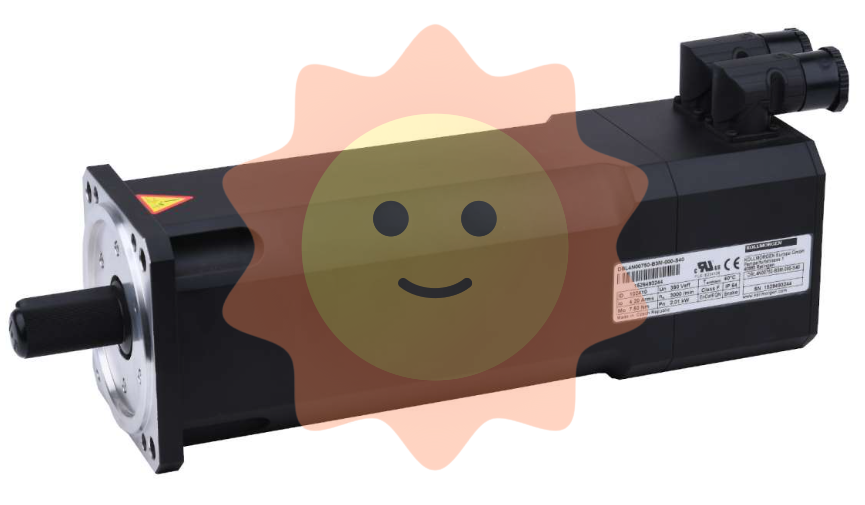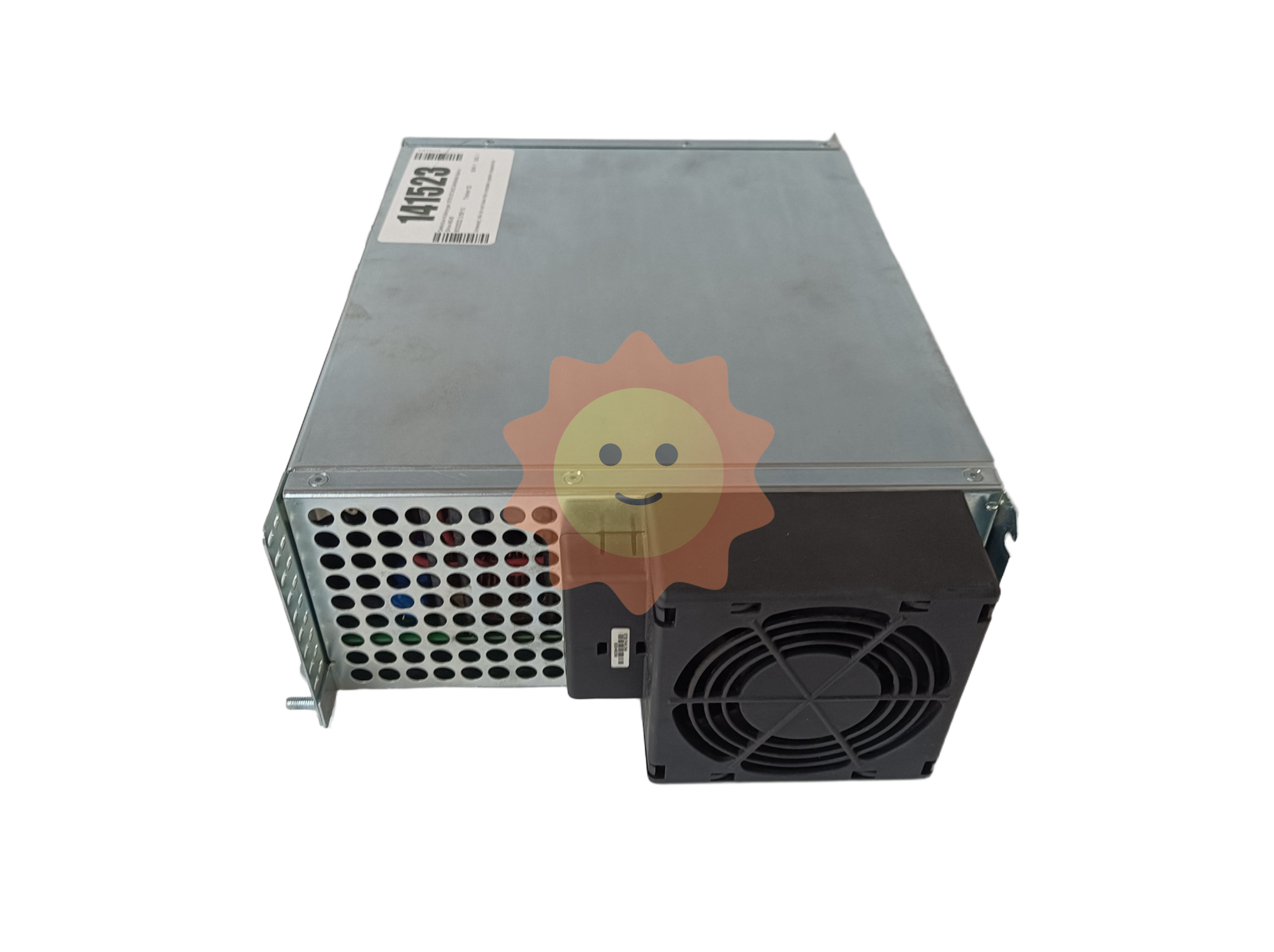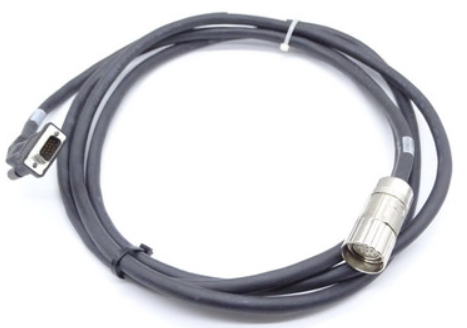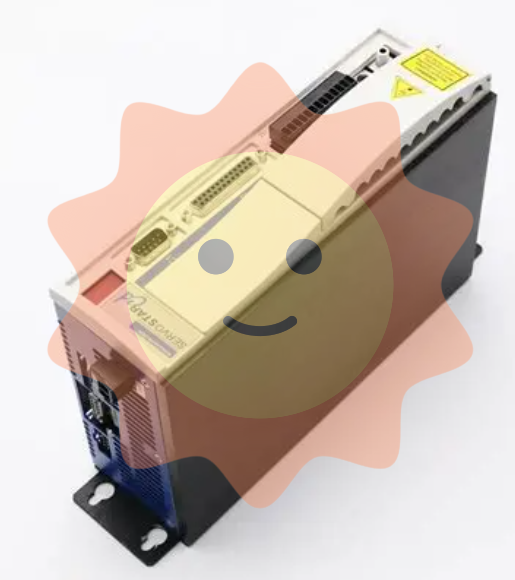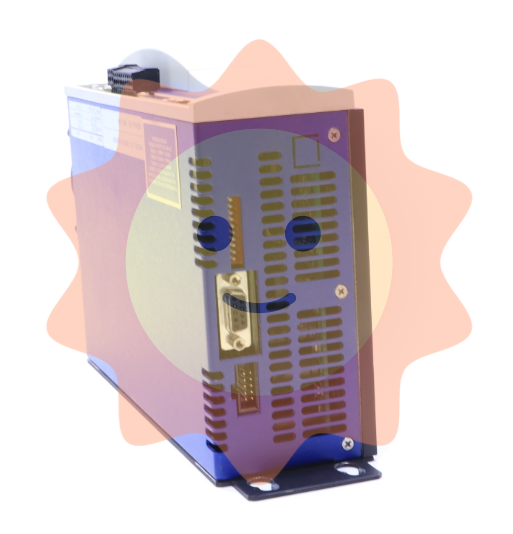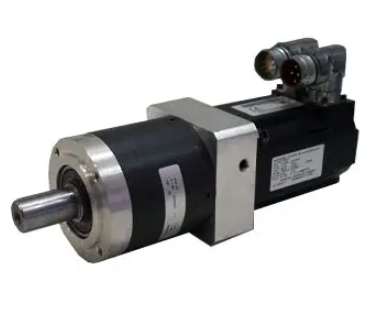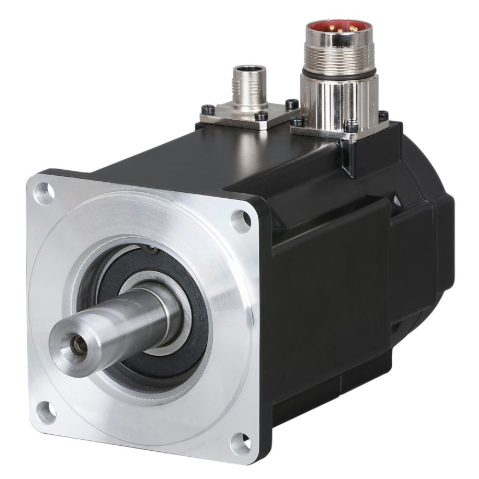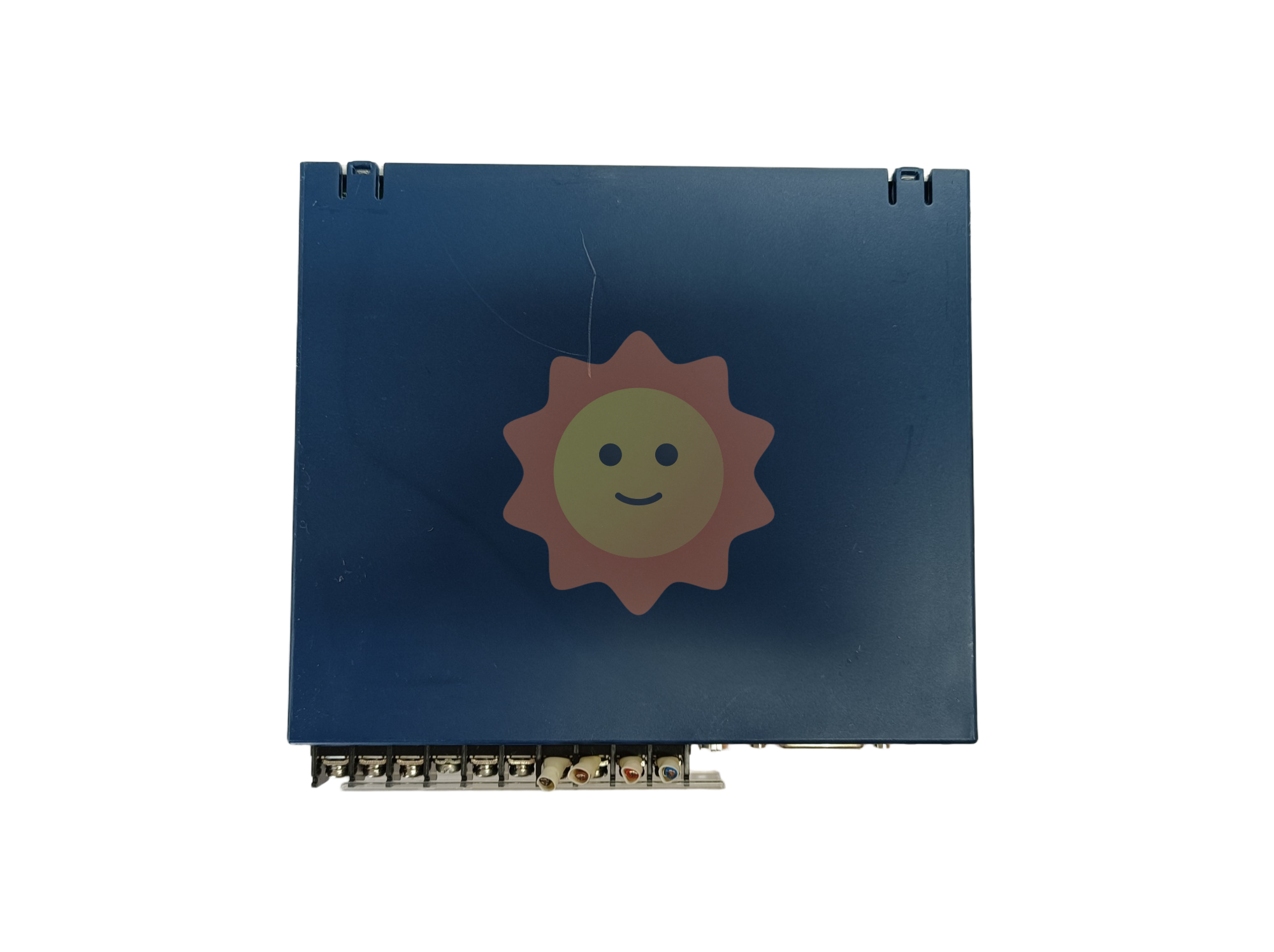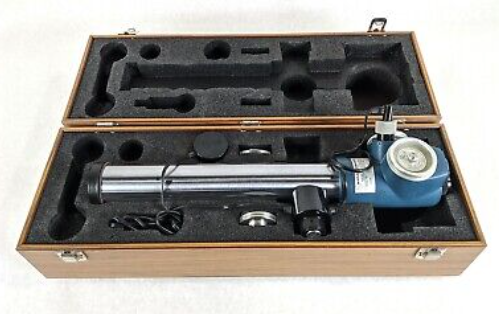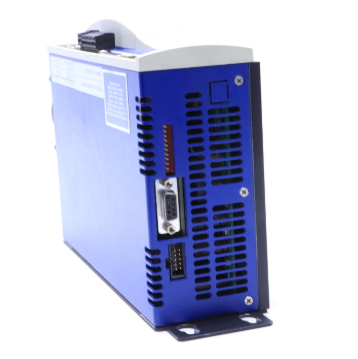Research status and prospect of comprehensive utilization of nuclear energy
At present, the Japan Atomic Energy Agency has completed the pilot test of I-S recycling hydrogen production, and the hydrogen production rate has reached 150 L/h[10]. Tsinghua University has established a laboratory-scale I-S cycle experiment system (60 L/h) and has achieved long-term operation of the system [12].
3.2.2 Hydrogen production by high-temperature electrolysis
High temperature electrolysis of hydrogen from steam (HTSE) uses the solid oxide electrolytic cell (SOEC) as the core reactor to achieve high efficiency decomposition of water vapor to produce hydrogen. Due to the advantages of high efficiency, cleanliness and simple process, high temperature electrolysis hydrogen production technology has attracted the attention of domestic and foreign researchers and enterprises in recent years, and has become an important technology for hydrogen production in combination with nuclear energy, wind energy, solar energy and other clean energy. Because high temperature electrolysis hydrogen production technology can be combined with nuclear energy or renewable energy for the preparation of clean fuel and carbon dioxide conversion, it has a good application prospect in the field of new energy. In addition, due to the great volatility of renewable energy (such as wind energy, solar energy, water energy, etc.) and regional restrictions, there are great problems in transmission, and the use of high temperature electrolysis hydrogen production technology provides an important way for the energy conversion and storage of renewable energy, and is an indispensable component of the future new energy network [13, 14].
High temperature electrolysis hydrogen production technology mainly includes four levels: electrolyte and electrode materials, electrolytic cell, electrolytic pile and system. At present, the main challenges facing the high temperature electrolysis hydrogen production technology include the performance attenuation during the long-term operation of the electrolytic cell, the high temperature connection sealing of the electrolytic cell, the optimization of the auxiliary system, and the integration of large-scale hydrogen production system. SOEC is the core reactor in HTSE technology (Figure 4). The electrode/electrolyte material in the electrolytic cell (pile) has many problems such as stratification, polarization and poisoning in operation, which is an important cause of system attenuation. Therefore, it is necessary to focus on the long-term stability of electrolytic cell materials under high temperature and high humidity environment according to the characteristics of SOEC process. At the same time, improve the integration and automation level of SOEC single battery production equipment, improve the single battery yield and consistency. Vigorously develop the low cost and lightweight design of kilowatt-level SOEC hydrogen production module, improve the scale integration technology level, and develop the hierarchical integration technology of electrolytic cell reactor. Solving these problems can make it economically competitive, so that it can enter the practical application field faster.
At present, the United States, Germany, Denmark, South Korea, Japan, China and other countries are actively carrying out relevant research work [14-17]. Germany's Sunfire company and the United States Boeing Company cooperation, built the world's largest 150 kW high temperature electrolysis hydrogen production demonstration device, the hydrogen production rate of 40 Nm3/h. Shanghai Institute of Applied Physics, Chinese Academy of Sciences, on the basis of the development of a 5 kW high temperature electrolytic hydrogen production system in 2015 and the support of the strategic pilot science and technology project of the Chinese Academy of Sciences, launched the development of a 20 kW high temperature electrolytic hydrogen production pilot plant in 2018, and plans to build the world's first nuclear hydrogen production verification device based on molten salt reactor in 2021. The design hydrogen production rate reaches 50 Nm3/h.
3.3 Seawater Desalination
Fresh water and energy resources are essential and indispensable for the survival and development of human society. Seawater desalination is an important way to obtain fresh water resources, and large-scale desalination requires a lot of energy consumption. Therefore, in the future, from the perspective of environmental protection and sustainable development, seawater desalination technology based on nuclear energy will occupy an increasingly important position.
Seawater desalination technology is the use of evaporation, membrane separation and other means to separate the salt in seawater, and obtain low salt content of fresh water technology. Among them, reverse osmosis (RO), multi-effect distillation (MED), thermal compression multi-effect distillation (MED-VC) and multistage flash distillation (MSF) are mature technologies that are considered suitable for large-scale seawater desalination after many years of practice. All of the above desalination technologies are powered by heat or electricity, so they are technically feasible and suitable for coupling with nuclear reactors. In the coupling process of nuclear reactor and seawater desalination plant, the following three problems need to be considered: (1) How to avoid the influence of radioactive elements on the water after desalination; How to avoid the additional impact of seawater desalination systems on nuclear reactors; ③ How to match the scale of the two more reasonably.
- EMERSON
- Honeywell
- CTI
- Rolls-Royce
- General Electric
- Woodward
- Yaskawa
- xYCOM
- Motorola
- Siemens
- Rockwell
- ABB
- B&R
- HIMA
- Construction site
- electricity
- Automobile market
- PLC
- DCS
- Motor drivers
- VSD
- Implications
- cement
- CO2
- CEM
- methane
- Artificial intelligence
- Titanic
- Solar energy
- Hydrogen fuel cell
- Hydrogen and fuel cells
- Hydrogen and oxygen fuel cells
- tyre
- Chemical fiber
- dynamo
- corpuscle
- Pulp and paper
- printing
- fossil
- FANUC
- Food and beverage
- Life science
- Sewage treatment
- Personal care
- electricity
- boats
- infrastructure
- Automobile industry
- metallurgy
- Nuclear power generation
- Geothermal power generation
- Water and wastewater
- Infrastructure construction
- Mine hazard
- steel
- papermaking
- Natural gas industry
- Infrastructure construction
- Power and energy
- Rubber and plastic
- Renewable energy
- pharmacy
- mining
- Plastic industry
- Schneider
- Kongsberg
- NI
- Wind energy
- International petroleum
- International new energy network
- gas
- WATLOW
- ProSoft
- SEW
- wind
- ADVANCED
- Reliance
- YOKOGAWA
- TRICONEX
- FOXBORO
- METSO
- MAN
- Advantest
- ADVANCED
- ALSTOM
- Control Wave
- AB
- AMAT
- STUDER
- KONGSBERG
- MOTOROLA
- DANAHER MOTION
- Bently
- Galil
- EATON
- MOLEX
- Triconex
- DEIF
- B&W
- ZYGO
- Aerotech
- DANFOSS
- KOLLMORGEN
- Beijer
- Endress+Hauser
- MOOG
- KB
- Moxa
- Rexroth


Email:wang@kongjiangauto.com


